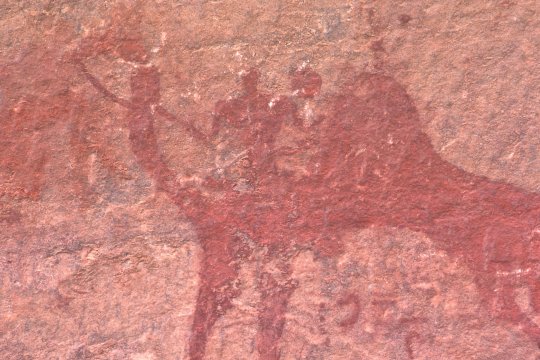|
John Tyman's Cultures in Context Series EGYPT and the SAHARA www.johntyman.com/sahara |
|
2.1 The Prehistoric Era : 064-069 |
| . |
|
John Tyman's Cultures in Context Series EGYPT and the SAHARA www.johntyman.com/sahara |
|
2.1 The Prehistoric Era : 064-069 |
| . |
 |
| .068. The most recent pictures are between 2000 and 3000 years old and show camels, but after that the people here disappeared in the face of increasing aridity and military conquest. (Camel) |

![]()
Text and photos by John Tyman
unless otherwise indicated.
Intended for Educational Use
Only.
Contact Dr. John Tyman at johntyman2@gmail.com
for more information regarding
licensing.
![]()
www.hillmanweb.com
Photo processing, Web page layout,
formatting and hosting by
William
Hillman ~ Brandon, Manitoba ~ Canada